Hirosaki Park (Hirosaki Castle Tower)
Hirosaki Park is home to Hirosaki Castle, the only remaining castle tower in Tohoku, and Japan’s largest “Cherry Blossom Festival. The cherry blossoms in full bloom, the petals dancing in the air, and the flower rafts covering the surface of the moat are a spectacular sight!
Hirosaki Park is a park located in Hirosaki City, Aomori Prefecture. Hirosaki Park has a pseudonym called “Ouyo Park”, and it was named when Emperor Taisho, who was the crown prince at the time, visited the park in 1908. “Ouyo” means a leisurely manner without worrying about small things, like a falcon flying calmly in the sky. In the park, the castle tower, turrets, and castle gate of Hirosaki Castle, which was built in 1611 by Nobuhira Tsugaru, the second lord of the Hirosaki domain, still exist, and has been selected as one of Japan’s Top 100 Historical Parks. By the way, Hirosaki was called Takaoka until the beginning of the 17th century, so another name for Hirosaki Castle is “Takaoka Castle”.
Hirosaki Park Sakura Festival, petals scatter like a blizzard “Hanafubuki” and petals cover the water surface “Hanaikada”
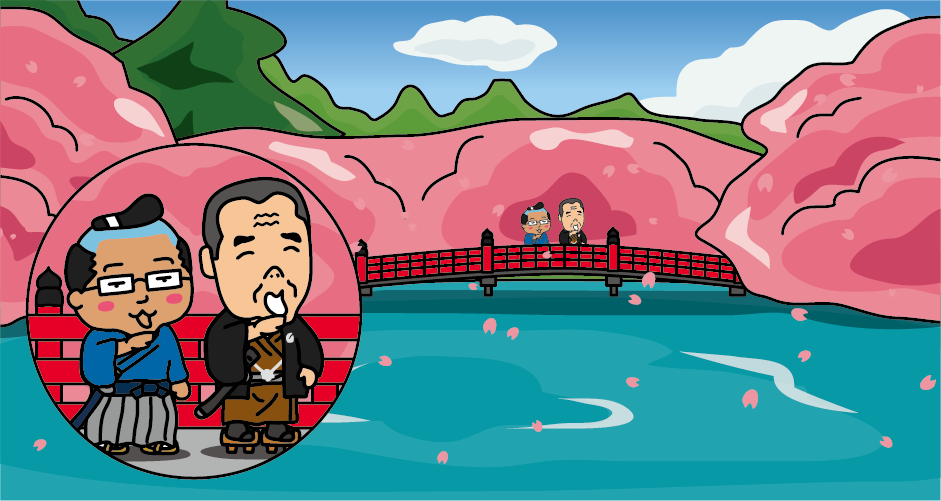
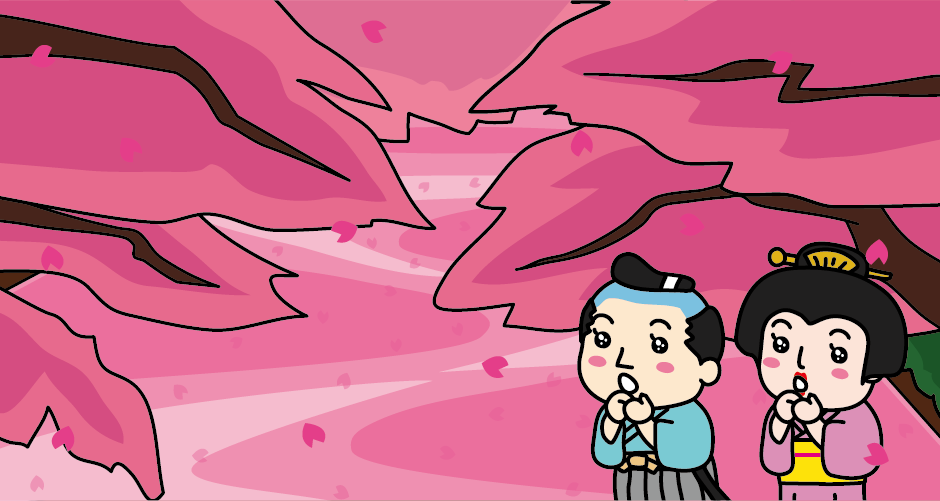
Hirosaki Park is famous nationwide for its cherry blossoms, and Hirosaki Park is the only park that has been selected as one of the top three cherry blossom viewing spots and one of the top three viewing spots for night cherry blossoms. Every year from late April, the “Hirosaki Sakura Festival” is held in the park. It is the number one cherry blossom festival in Japan that is enjoyed by about 2 million people every year. Cherry trees have been planted here since the Meiji era (19th century), and now there are about 2,600. In addition to the cherry blossoms in full bloom, the “sakurafubuki” where the cherry blossom petals scatter like a blizzard, and the “hanaikada” where the scattered petals cover the water surface of the moat are very beautiful. It was also selected as “The breathtaking sights in the world I want to see before I die.”
Hirosaki Castle
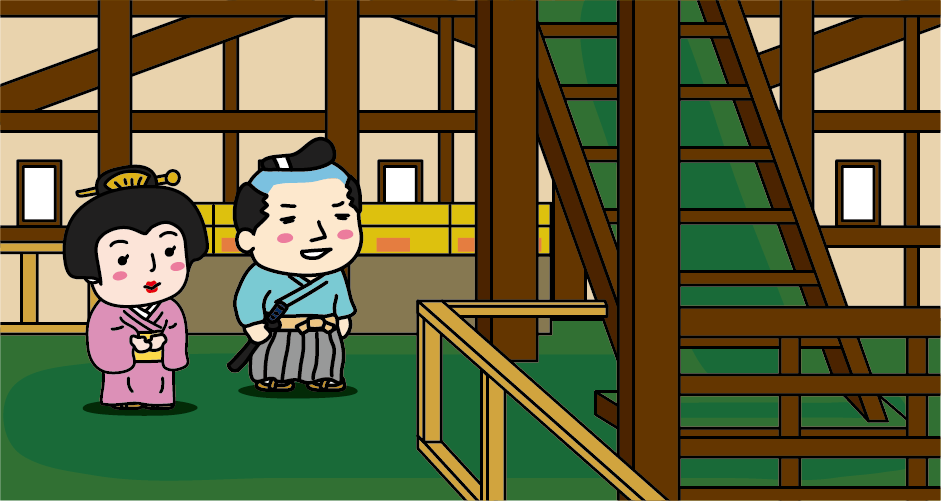
The castle tower, 3 turrets, and 5 castle gates from the Edo period remain, all of which are national important cultural properties. The inside of the castle tower is open to the public as a historical museum, where the history of Hirosaki Castle is displayed in an easy-to-understand manner.
Superb view of Hirosaki Park: Sakura Cherry blossoms, Hirosaki Castle and Mt. Iwaki
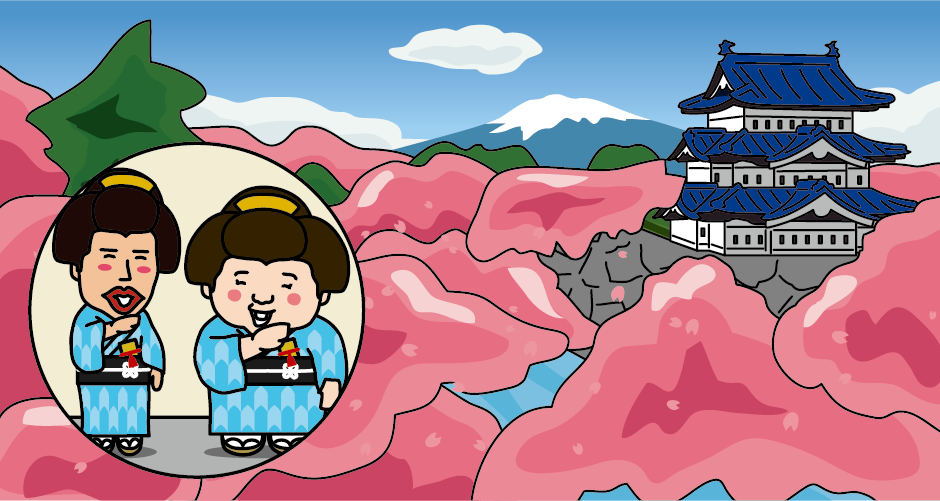
Mt. Iwaki is called “Tsugaru Fuji” because of its resemblance to Mt. Fuji. The view of Mt. Iwaki from the castle tower of Hirosaki Castle is magnificent, and the combination of cherry blossoms and Mt. Iwaki is especially wonderful during the cherry blossom viewing season.
“Chrysanthemum and Autumn Leaves Festival” in Hirosaki Park
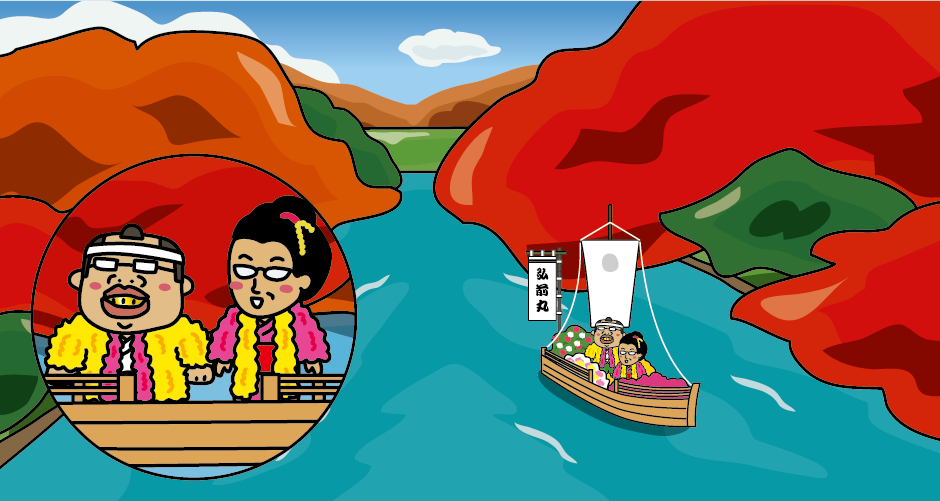
Every year in late October, the “Hirosaki Castle Chrysanthemum and Autumn Leaves Festival” is held in Hirosaki Park. In the park, visitors can view the five-story pagoda made of chrysanthemums, chrysanthemum dolls, and other exhibits while admiring the autumn leaves, as well as live performances of Tsugaru shamisen and other events. (The shamisen is a stringed instrument in Japanese shaped like a guitar.) At sunset, the trees are lit up throughout Hirosaki Park, reflecting the vivid colors of the trees.
Tsugaru Nishiki-e Grand Corridor
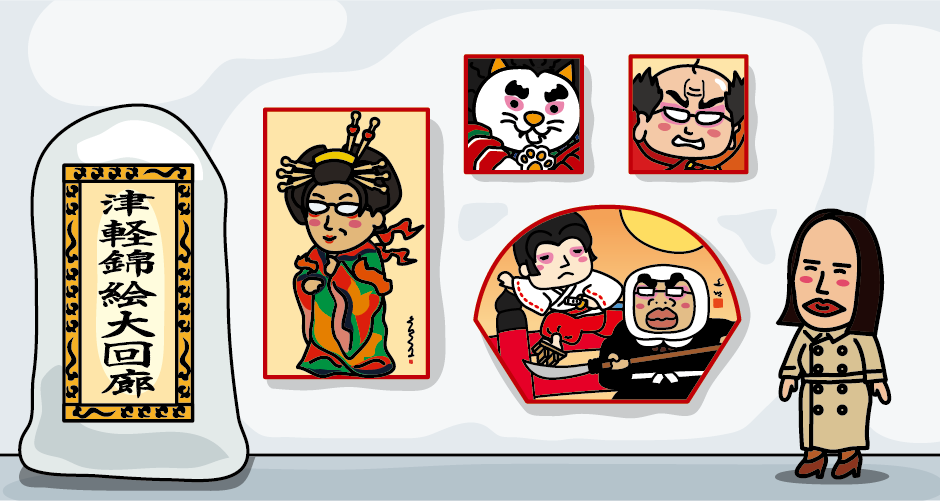
Every year in mid-February, the Hirosaki Snow Lantern Festival is held in Hirosaki Park. Snow lanterns, snow sculptures, and snowmen line the park. In addition, a “Tsugaru Nishiki-e Grand Corridor” will be set up, reusing “Kagami-e (pictures of warriors)” and “Miokuri-e (pictures of beautiful women)” from the “Neputa“ that participated in the “Hirosaki Neputa Festival” the previous year.
Nishiki-e is a type of ukiyo-e, a woodblock prints with multiple colors.
Tsugaru-han Neputa Village
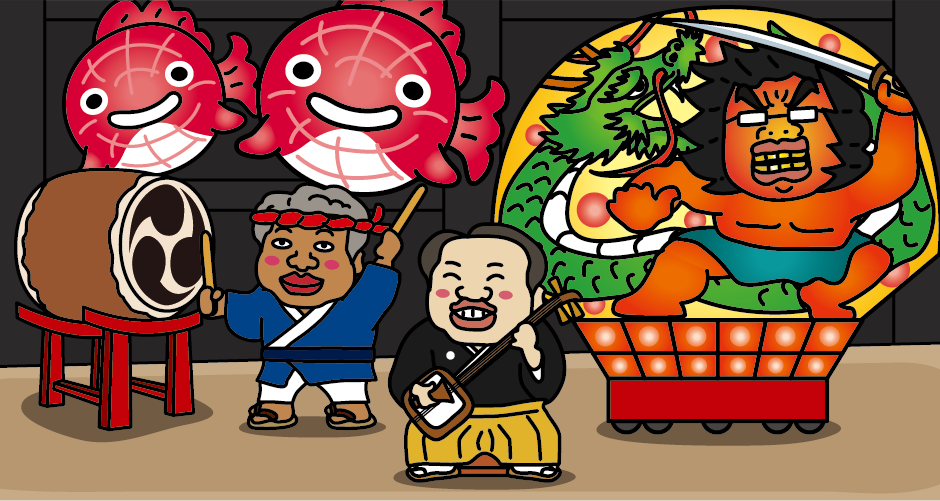
Adjacent to Hirosaki Park is Tsugaru-han Neputa Village (“Tsugaru-han Neputa Mura” in Japanese), a hands-on tourist facility based on the theme of “Hirosaki Neputa“. At Tsugaru-han Neputa Mura, large fan-shaped lanterns are displayed throughout the year, and visitors can listen to live performances of Tsugaru shamisen (a three-stringed Japanese musical instrument). Visitors can try their hand at making and painting traditional Tsugaru crafts, such as the “goldfish neputa (goldfish-shaped lanterns)” and “Tsugaru kokeshi (wooden doll toys)”.
Fujita Memorial Garden
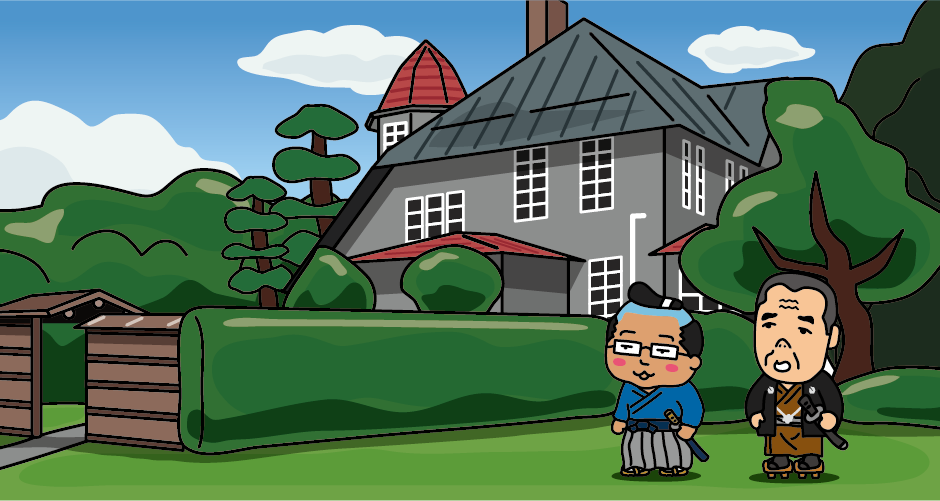
The Fujita Memorial Garden, which is adjacent to Hirosaki Park, is a Japanese garden built in the Taisho era (early 20th century) as a villa for Hirosaki-born businessman Kenichi Fujita. Visitors can enjoy both a Western style garden with a borrowed view of Mt. Iwaki and a Japanese garden with a pond garden.
Access to Hirosaki Park
[Railway]
It takes about 3 hours and 20 minutes from JR Tokyo Station to JR Shin-Aomori Station by Tohoku Shinkansen. Transfer to the JR Ou Main Line at JR Shin-Aomori Station and take a limited express train to JR Hirosaki Station in about 30 minutes. Get off at JR Hirosaki Station. From Hirosaki Ekimae bus stop to Shiyakushomae Koen Iriguchi bus stop, it takes about 10 minutes by route bus.
[Airplane]
It takes about 1 hour and 15 minutes from Haneda Airport to Aomori Airport. It takes about 30 minutes from Aomori Airport to Hirosaki Station by airport shuttle bus.

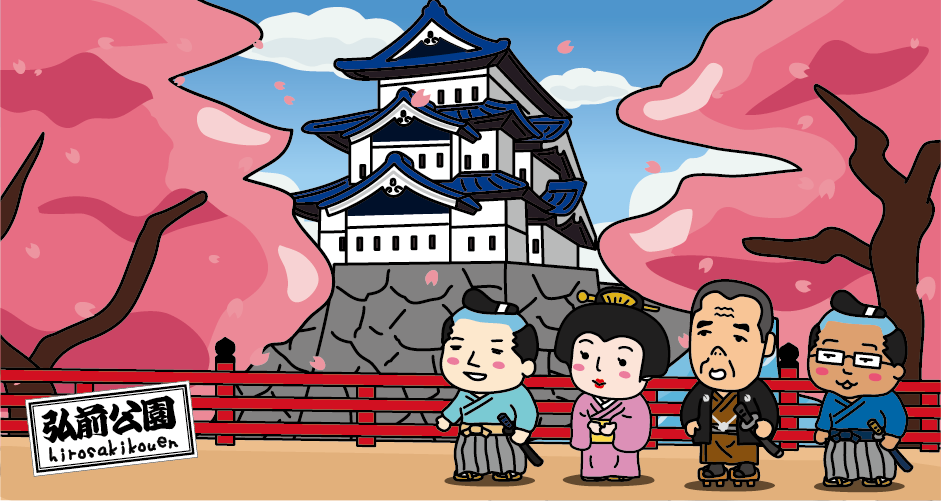



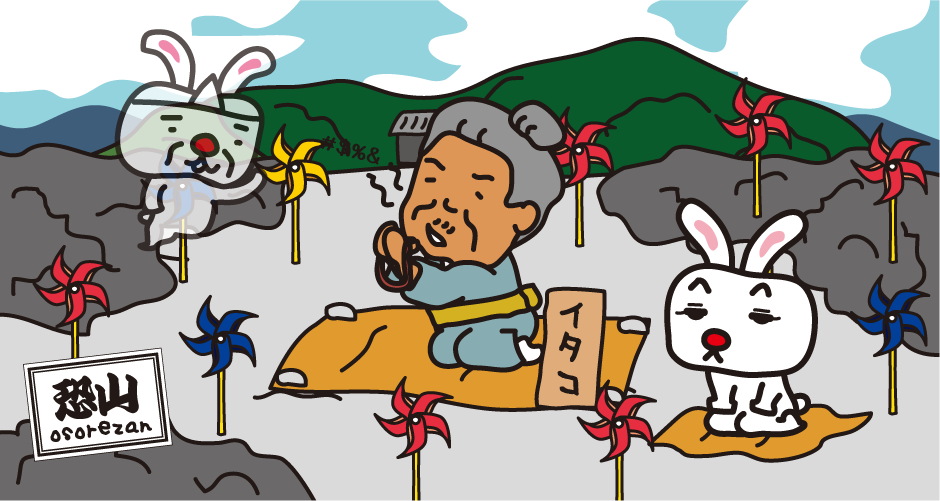
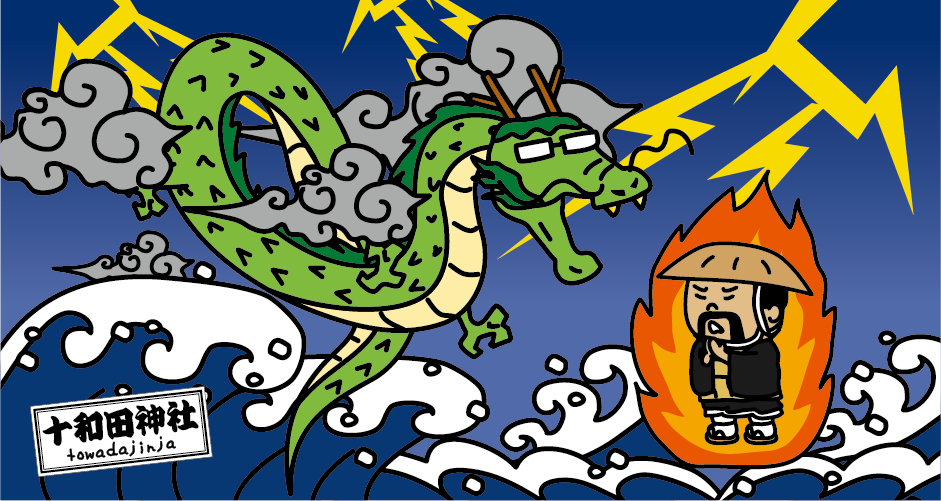
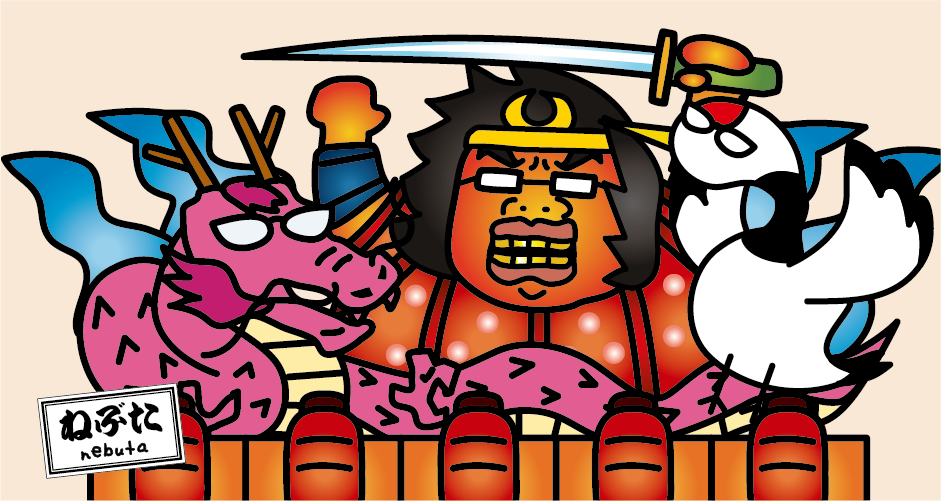
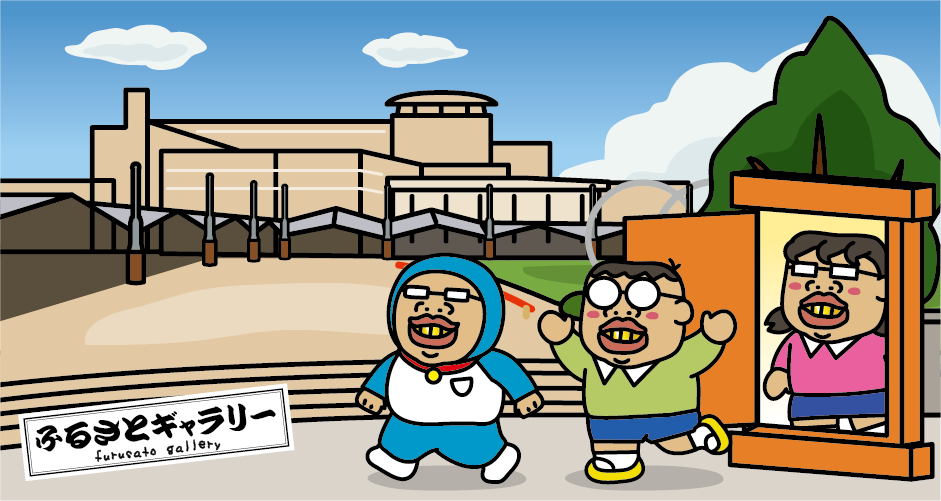


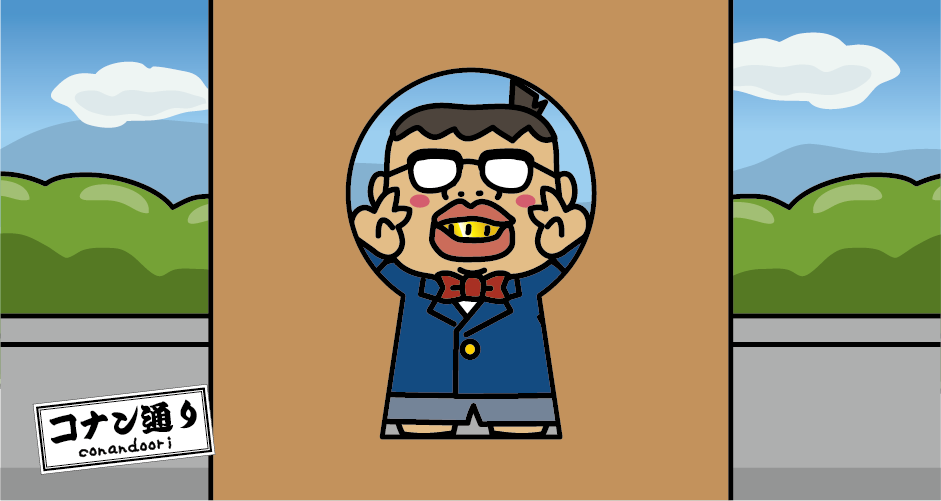


You need to login to comment on an article.